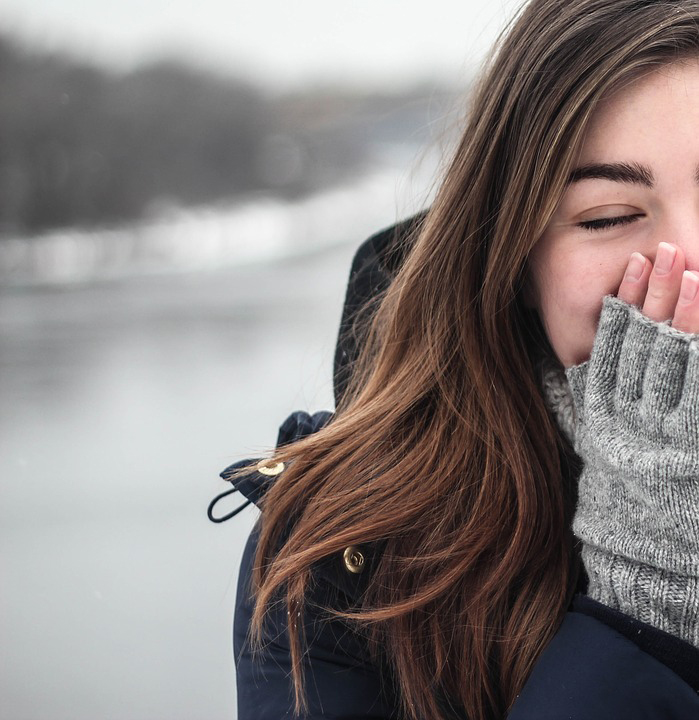Ashford Clinic Blog
Can You Have Allergies in the Winter?
 When you think of allergies, winter isn’t usually the season that springs to mind. Sure, there isn’t pollen to deal with so outdoor allergies aren’t an issue. However, indoor allergens are another issue entirely and people tend to spend more time indoors during the winter months.
When you think of allergies, winter isn’t usually the season that springs to mind. Sure, there isn’t pollen to deal with so outdoor allergies aren’t an issue. However, indoor allergens are another issue entirely and people tend to spend more time indoors during the winter months.
Top indoor allergens
Dust Mites
These tiny, microscopic bugs can cause allergy issues all year long, and they love carpeting, bedding, and upholstery. Basically, most of the surfaces that keep us comfortable also keep them comfortable.
Dander
Fur from pets can tickle your nose a bit, but that’s not what actually causes allergy issues. The real culprit is dander, or dead skin flakes. If you do see fur though, then it’s a good sign that there is also dander lurking there too.
Indoor Mold
Mold is everywhere, even outdoors. However, damp spaces inside are a perfect breeding ground for mold and mildew spores. Bathrooms and basements are prime suspects for these locations.
Cockroach Droppings
Cockroaches are persistent and tend to find their way indoors whether your home is spotless or not. Still, keeping food in airtight containers, fixing leaky plumbing, and sealing up cracks are good ways to deter them from your home. They also happen to enjoy cardboard, so using plastic bins instead of cardboard for storage is also helpful.
Prevention
For most indoor allergens, regular cleaning is your best defense. Vacuums with HEPA filters help remove dust from your home instead of just moving it around. Regular laundering of bedding and covers also helps. If you have pets, keeping them off of the bed can help you breathe better while you sleep. If you can’t bear to make them sleep elsewhere though, washing your bed linens every two or three days is better. For damp areas, consider investing in a dehumidifier or do what you can to increase airflow.


